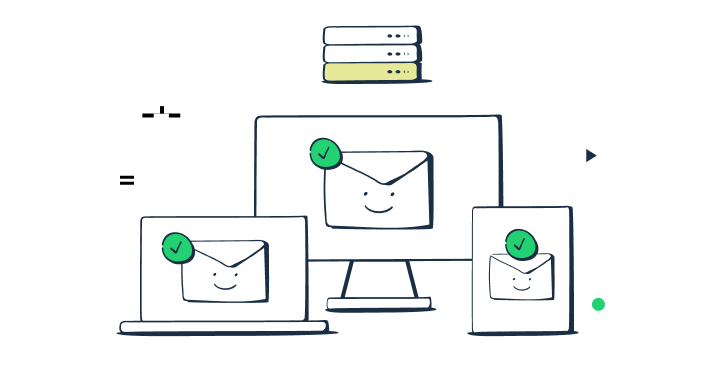Email marketing is an effective way to communicate with your target audience and promote your business. However, if your emails end up in the spam folder or get blocked by email filters, your efforts will be in vain. That’s where email warm-up comes in. In this guide, we’ll explore what email warm-up is, why it’s important, and how you can use email warm-up services and software to improve your email deliverability.
Why Email Warm-Up is Important
Email warm-up is the process of gradually increasing the volume and frequency of your email campaigns to establish a positive reputation with email service providers (ESPs) and avoid spam filters. ESPs use various metrics to evaluate the quality of your email campaigns, including your sender reputation, email engagement rates, and complaint rates. If your reputation is poor, your emails are more likely to be marked as spam or blocked by filters.
Email warm-up is essential for new domains or IPs that have no email history. Without a history, ESPs have no way of assessing the quality of your emails. By gradually increasing the volume and frequency of your emails, you give ESPs time to evaluate your campaigns and establish a positive reputation.
Email Warm-Up Services: Pros and Cons
Email warm-up services are third-party providers that offer email warm-up solutions. These services use a network of real email accounts to send test emails to your subscriber list, gradually increasing the volume and frequency of your campaigns. Here are some pros and cons of using email warm-up services:
Pros:
- Saves time: Email warm-up services handle the entire process, from setting up email accounts to sending test emails, so you don’t have to worry about the technical details.
- Expertise: Email warm-up services have experience with various ESPs and can provide valuable insights and recommendations to improve your email deliverability.
- Scalability: Email warm-up services can handle large volumes of emails, making them suitable for businesses with a large subscriber list.
Cons:
- Cost: Email warm-up services can be expensive, especially for businesses on a tight budget.
- Lack of control: When you use an email warm-up service, you have no control over the email accounts used to send test emails, which can be a concern for businesses that value privacy and security.
- Limited customization: Email warm-up services offer a standard approach to email warm-up, which may not be suitable for businesses with specific needs or requirements.
How Email Warm-Up Works
Email warm-up involves gradually increasing the volume and frequency of your email campaigns over a period of time. The duration of the warm-up period depends on various factors, such as the age of your domain or IP, the size of your subscriber list, and your email engagement rates. Here are the general steps involved in email warm-up:
- Set up email accounts: To start the warm-up process, you need to set up email accounts that will be used to send test emails. You can either create new email accounts or use existing ones.
- Send test emails: Send a small number of test emails to your subscriber list, gradually increasing the volume and frequency over time. The goal is to establish a positive reputation with ESPs by demonstrating that your emails are legitimate and engaging.
- Monitor email engagement: Keep track of your email engagement rates, such as open rates, click-through rates, and conversion rates. Low engagement rates can negatively impact your sender reputation and email deliverability.
- Adjust your email strategy: Based on your email engagement rates, adjust your email strategy to improve your results. This may involve tweaking your subject lines, email content, and sending frequency.
- Gradually increase email volume: As your engagement rates improve, gradually increase the volume and frequency of your emails until you reach your desired level.

